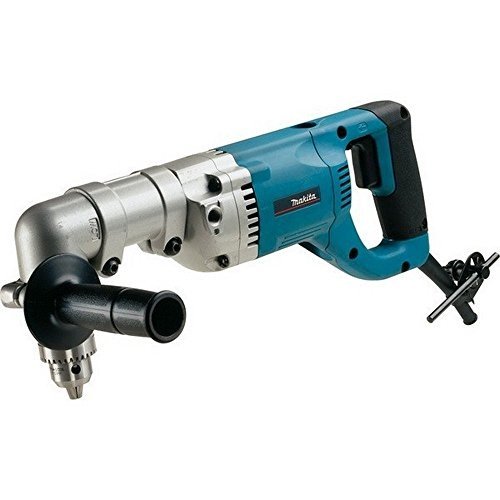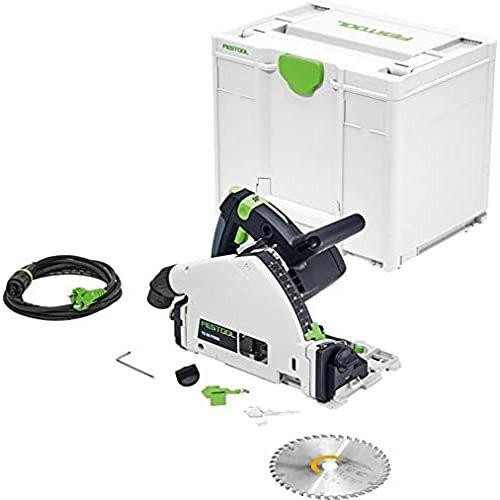The 10 Most Terrifying Things About Shop Power Tools
페이지 정보

본문
 The Workhorse of the Shop power tool special offers Tools
The Workhorse of the Shop power tool special offers ToolsHand-held power tools are powered by electricity, internal combustion or compressed air. They can be used to cut, drill grind or sand materials.
One of the most important power tool shop tools every woodworker should have is a table saw that makes quick work of nearly any cutting task. You can consider a miter-saw table and a drill/driver combo.
Table Saw
A table saw is the mainstay of the shop power tools, and is perhaps the most versatile tool for woodworking. It can rip cross-cut, miter cut, and even dado and rabbet stock. It can also cut angled surfaces to create frames, chests, or planters.
The saw is equipped with a large circular blade that spins at high speed. It has tables that are quite large (infeed and outfeed) which support the material as it passes through the blade. Blade guards protect the blade, stopping wood from being caught and being thrown back towards the operator. The saw is also protected by a splitter or cutting blade. It is a vertical projection directly behind the blade and can be in the shape of a fin or pin.
Table saws that are designed for contractors have a larger motor that hinges off the rear of the saw and drives the blade using two or more rubber V-belts. They are typically used by carpenters but are also found in the home shop. They come with more features than portable saws, like a sliding miter table.
Smaller table saws come with smaller motors that are lighter in weight which is usually driven by belt. These saws have less features and are more geared towards homeowners and hobbyists. Many feature a sliding miter table which allows users to create intricate cuts like those for mirror and picture frames or shop power tools drawers, cases, and boxes.
Making use of a table saw in a safe manner is essential to avoid injuries. Always stand to the left of the blade when performing cuts that rip and keep your hands clear of the edge of the saw. It is crucial to make use of an extension stick or a guide block when cutting, particularly in work environments where HSE standards require you to keep at least a hand span away from the blade.
A lot of woodworking projects require tapered legs. The easiest and most efficient method to cut them is using a tablesaw and a simple tapering jig which you can create at home. A tapering jig can be set for any angle between zero and fifteen degrees. This allows you to cut any set for tapered legs in your workshop.
Bandsaw
Bandsaws can be used to cut metal and wood into different shapes. It is a great tool for customizing fabrication. It is also a valuable tool for woodworking projects such as cabinetry and furniture. The saw can be used to cut curved cuts including circles, and can cut through many types of materials including ice.
There are two primary types of bandsaws: the vertical and horizontal. Vertical bandsaws are generally used for cutting freehand and excel at resawing and cutting curved cuts, whereas horizontal bandsaws are more adept at cutting straight and cut angles. The saw can be operated manually or using an electric feed system. Manual bandsaws require that users manually lower and raise the blade each time they cut. power tools on sale-fed systems are more efficient.
When using the bandsaw, it's essential to consider safety first. Always wear protective gear, such as safety goggles and ear protectors to guard against noise and sawdust. To avoid injuries and accidents ensure that your feet and hands clear of the blade. It's also important to set the saw for safe operation, ensuring the blade is securely secured and aligned correctly and that the guides are adjusted.
Based on the type of material you are cutting, you might need to adjust the feed rate and speed to achieve the most efficient results. Regular maintenance and adjustments to the tension of the blade and tracking will ensure your bandsaw produces accurate and clean cuts while extending its life.
The blade of a bandsaw will usually be made of heat-treated stainless steel to resist the wear and tear that comes from frequent use. The teeth are also welded to the saw which gives it a unique shape and preventing them from getting removed or damaged in the event of a sudden shock.
The throat depth of a bandsaw determines the size of the piece of wood it can cut. The larger throat depths permit you to cut larger pieces of lumber, and are helpful for resawing or cutting, both of which are techniques that involve cutting across the grain. Some bandsaws come with tilting tables that can be used to create cut angles and reuse scrap wood.
Dust Collector
Woodworking tools generate a lot of chips and dust, which must be disposed of to protect your health and maintain the cleanliness of your shop as well as the durability of your equipment. The type of dust collector you need depends on the number and size of the best price power tools tools you employ in your woodshop as depending on the frequency at which they are used. The top dust collectors for woodworking provide superior filtering capabilities that can remove fine particles from the air and allow you to breathe cleaner, shop power tools healthier and more relaxed while you work.
No matter if you're a one-man shop or large production woodworking facility, Nederman has dust collection solutions that meet your needs. Our woodworking dust management, waste management, and combustible-dust solutions blend environmental protection and improvements in the productivity of machines.
There are several types of woodshop dust collectors that are available on the market including:
A basic dust extractor could replace your shop vacuum. The units are connected to your power tool using the hose, which connects to the dust port. When you turn on your tool, the hose activates and draws dust and debris from your workspace.
Depending on the brand you select, the majority of dust extractors come with HEPA filters to effectively remove dust particles of fine size that could cause respiratory problems in the course of time. They also come with an increased CFM airflow (cubic feet per minute) to move more air. They might also have an airspeed gauge or system that automatically cleans the filter.
If you have a bigger shop or would like the added flexibility to use your woodworking equipment on the go, consider a portable woodshop dust collector with an energy-saving battery that can be recharged and an integrated plug-in connector that can be connected directly to the power tool. These units are lightweight and can be used with multiple tools simultaneously. They are typically compact with a caster base and come with a bag for collection or a reusable filter for quick emptying.
If you're a skilled woodworker or contractor, you may need an additional robust dust collection system. These units are more expensive than an extractor, however they offer a wider range of filtration options. They can be hung on a wall or in an area that is dedicated to your shop. These units are suitable to clean up the drywall, sanding and other demolition tasks, as well for woodworking.
Planer
The planer is a powerful tool that every woodshop should ever be without. It might not be the sexiest or flashiest, but it does make one of the biggest differences in the ability of turning rough lumber into useful and beautiful projects. It can be used to reduce boards to a certain thickness. It works with both hardwoods and softwoods. It is also extremely useful for tackling knotty, unwieldy or twisted stock that is impossible to work with hand tools.
A quality portable planer is worth the admission fee to any woodworking shop. It is possible to locate a planer for sale at a reasonable best price power tools, but you must pay attention to the condition and the table for outfeed and infeed. These factors will determine the level of performance your planer will perform and whether it will last a long time before you need to replace parts. If the cutter head on your planer is not of good quality it will wear out quickly and you may need to replace it in a short amount of time.
Many people confuse the planer with the jointer, however they are not the same machine. The jointer produces a piece of wood flat and straight, while the plane cuts it to a specified thickness. Some woodworkers utilize both machines simultaneously to complete an assignment. However, they are both essential for any workshop that handles rough lumber on a daily basis.
 A commercial-grade planer is an excellent investment if you plan to master woodworking professionally and are in search of high-quality equipment. These machines are designed to be used in situations where the speed of production is more important than surface finish. These machines will save you lots of time, but you'll need to be very careful not to overload them, or they could fail to function properly and burn out. To ensure they are working correctly, you will need to maintain them properly. A well-planned maintenance schedule will go a long ways toward extending the life of your planer.
A commercial-grade planer is an excellent investment if you plan to master woodworking professionally and are in search of high-quality equipment. These machines are designed to be used in situations where the speed of production is more important than surface finish. These machines will save you lots of time, but you'll need to be very careful not to overload them, or they could fail to function properly and burn out. To ensure they are working correctly, you will need to maintain them properly. A well-planned maintenance schedule will go a long ways toward extending the life of your planer.- 이전글تاج العروس/الجزء التاسع 25.03.02
- 다음글Situs Toto Tools To Ease Your Daily Lifethe One Situs Toto Trick That Everybody Should Be Able To 25.03.02
댓글목록
등록된 댓글이 없습니다.